Before he landed his chart-topping hits like “Gentle on My Mind,” “Wichita Lineman,” and “Southern Nights,” Glen Campbell was an unseen but oft-heard member of the iconic Wrecking Crew, the nickname for the group of Los Angeles session players who provided the instrumental backing for popular records by the Beach Boys, the Byrds, the Mamas & the Papas, Sonny and Cher, and more.
Videos by American Songwriter
While Campbell’s dexterity on the fingerboard was certainly a sight to behold, lightning-fast riffs reminiscent of Django Reinhardt weren’t the only tricks he had up his sleeve. The musician behind songs like “Rhinestone Cowboy” and “By the Time I Get to Phoenix” used a tool that is somewhat divisive in the guitar community.
But as he demonstrated time and time again, the tool—no matter how mildly controversial—still has its place in music-making.
Glen Campbell Had Go-To Trick With The Wrecking Crew
Capos seem to be one guitar accessory that elicits passionate debates more than picks, pedals, or pickups. Some guitarists swear by them. Others believe that true mastery of the fretboard negates the necessity for a capo at all. Of the two camps, Glen Campbell was certainly in the latter. Speaking to Relix in 2011, the Wrecking Crew alum recalled how the capo was his secret weapon for finding guitar parts that sat perfectly in the mix without muddying the sound.
“I was enjoying myself so much playing with the Wrecking Crew,” he said. “I was playing with the best musicians in the world. Especially the real players, the writers and all that. And I was really, really thrilled with that. I got ot where I could read a chart—no little notes or nothing like that. G, F, A, B. That’s how they’d want it. Because I could use a capo, and they were into that big ol’ open rangin’ sound.”
“That’s what I’d do,” he continued. “I’d just use the capo. Put it here, put it in any position, ‘cause that’s what I do, you know. I’d play it by ear. And [Wrecking Crew guitarist] Tommy Tedesco would say, ‘What fret you got it on today?’ He was one of the best readers in the world. Once they started a song off and Tedesco, he would [sings complex guitar part], and the guy would say, ‘What are you doing up there?’ He had accidentally put his card…upside down. He was reading it backward. He had the intro or something, but he was reading it upside down, and that just blew me away.”
The Capo Isn’t Important, It’s What You Do With It
Glen Campbell first started using a capo as a child with one his father fashioned out of a corn cob. Despite the guitar accessory “driving [the Wrecking Crew] nuts,” as he recalled in a 2012 interview with Paul Freeman, it certainly had its place in the studio. “I could put a capo on there and play an E-flat, and it would sound open and ringing, and that’s what they wanted. I did all the Righteous Brothers stuff, like You never close your eyes anymore…, I got a lot of playing out of that kind of sound. It was wonderful.”
Of course, it was what Campbell did with the capo that made his sound so distinct, not the string-shortening accessory itself. Campbell’s use of the capo allowed him to fly around the fretboard in open positions that contributed to his airy, wistful sound. In his 2011 conversation with Relix, he cited Django Reinhardt as a primary influence on his jazzy lead style. “Django Reinhardt was the best guitar player that ever lived on this earth,” Campbell said, a view he shared with other country icons like Willie Nelson. “He would play stuff that was just alien, man. It was maddening.”
Photo by Jasper Dailey/ Michael Ochs Archives/Getty Images


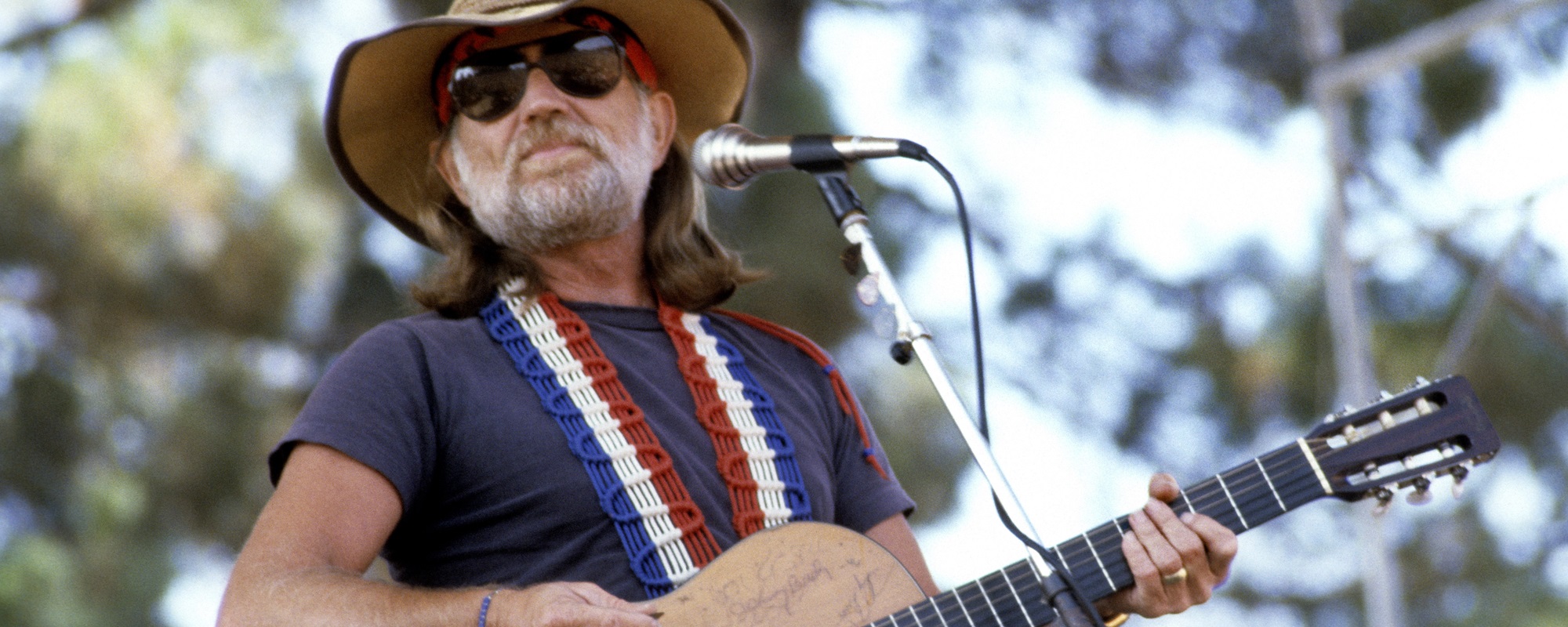
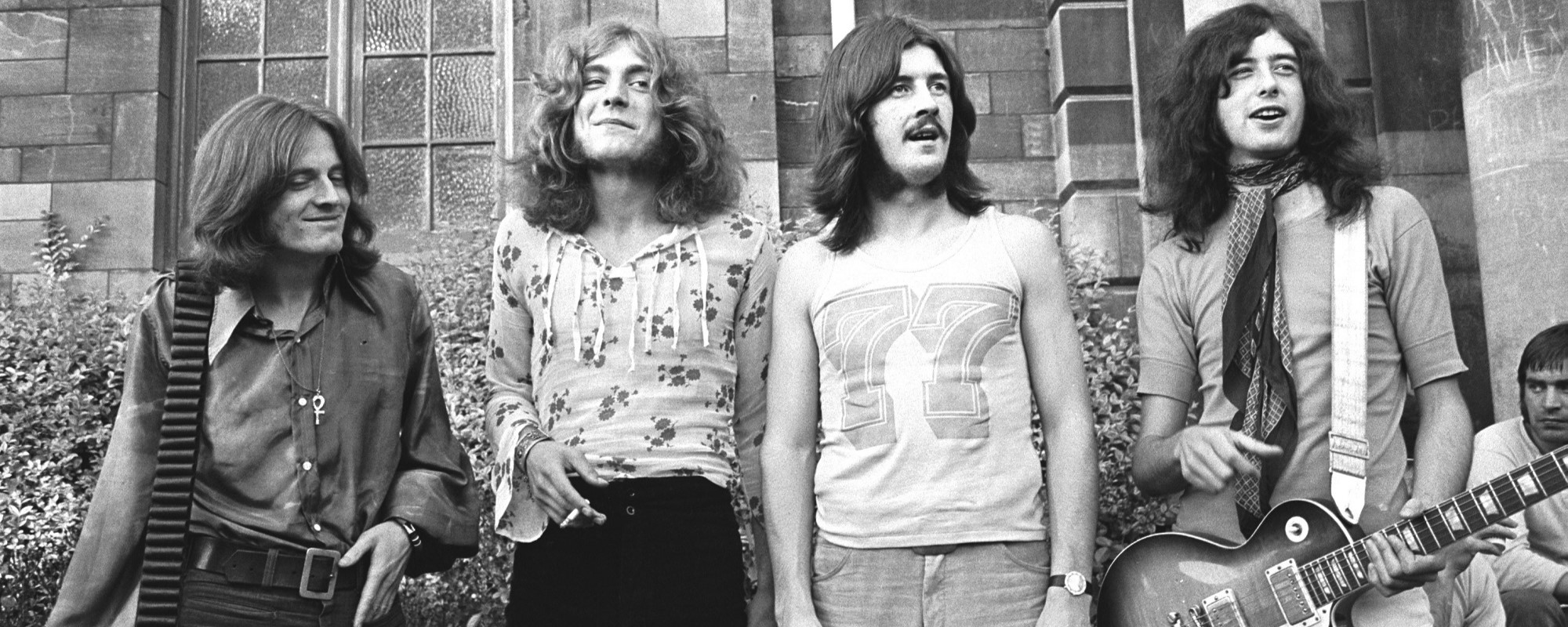
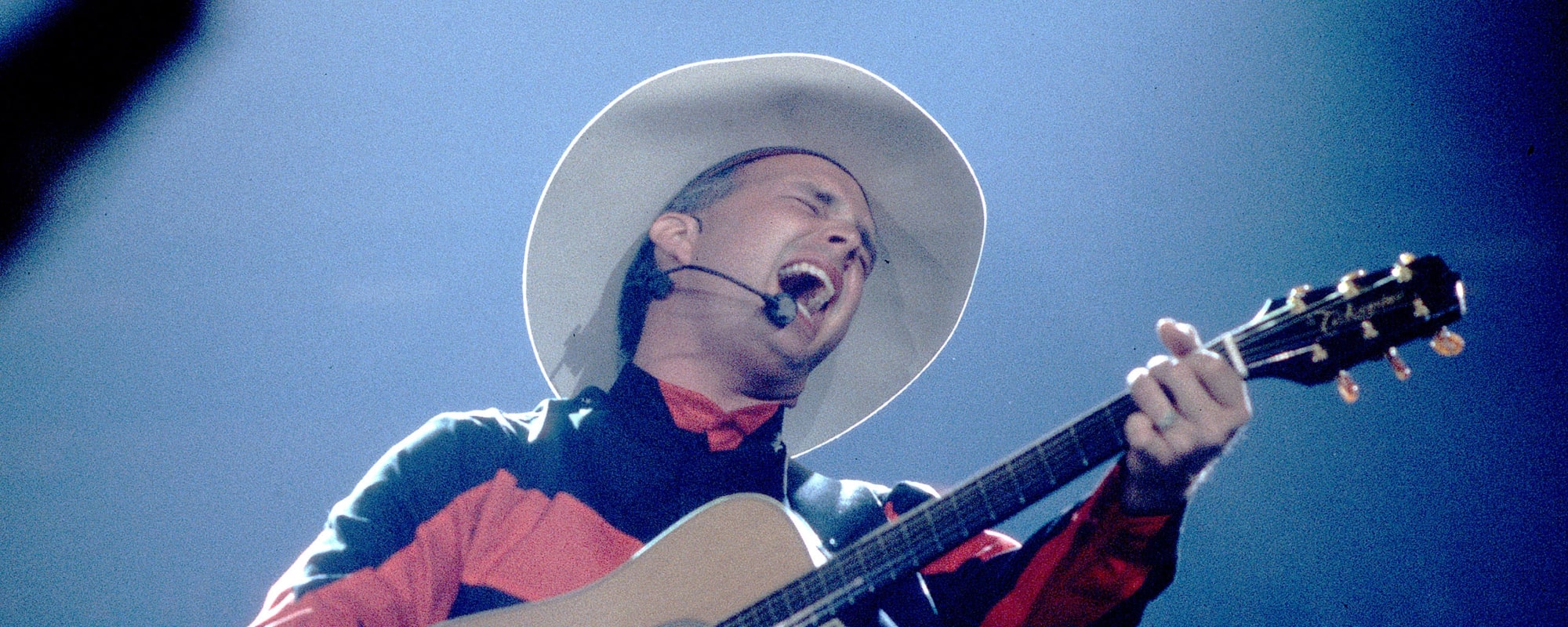


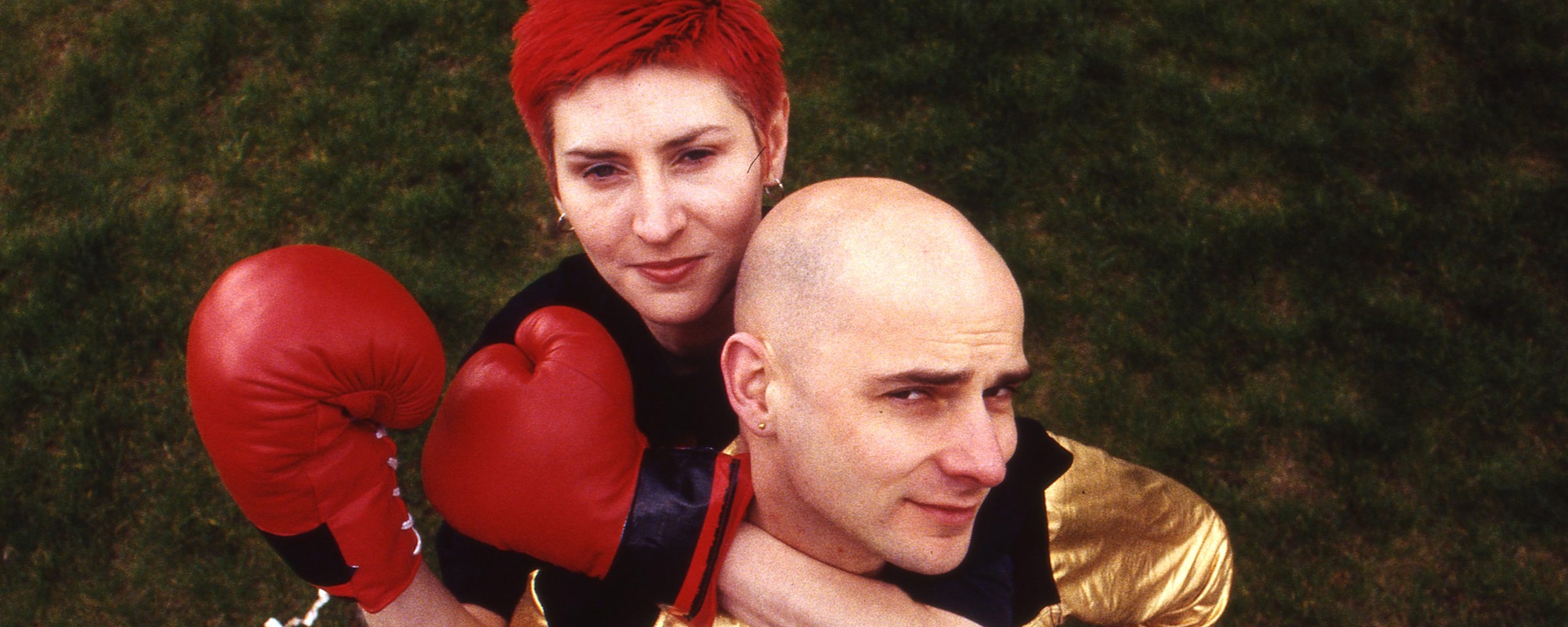

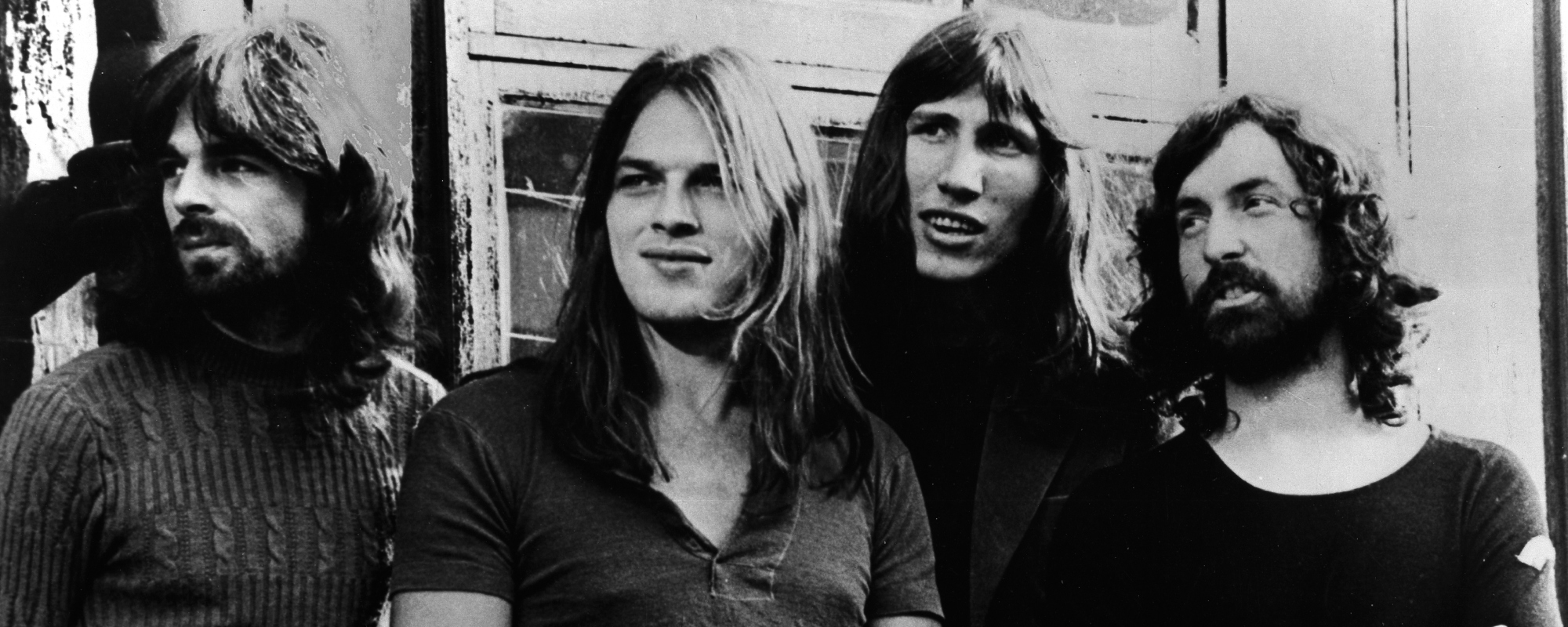
Leave a Reply
Only members can comment. Become a member. Already a member? Log in.